Before Andrew Hogg began the Lundin Links Pharmacy in 1903 (pictured above shortly after opening), he had already been trading as a chemist at 56 High Street, Leven for some time. Back in 1887, he had moved from his native Border country and acquired the chemist business of Adam Gibson. His Leven shop is shown in the photograph below. The shop was part of the building that still is 52-56 High Street. Back in the nineteenth century, this whole block was owned by the Adamson family. The Adamsons were fleshers going back generations with a shop on the High Street but, by the 1880s, the building had passed on to the youngest son of the late Armit Adamson - Christopher Adamson - who did not continue in the butcher trade.
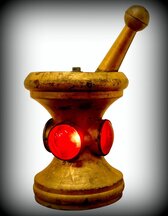
In 1885, the 52-56 High Street block (shown below with the 3 dormer attic windows and mortar and pestle shop sign) housed a public house (run by Christopher Adamson who was a vintner at the time), a draper and a chemist. This is not so different from the make-up of the block in more recent times, with the Crown Inn at number 52, Masterton the jeweller at number 54 and David T. Hay the chemist at number 56. In Andrew Hogg's day, the upstairs of the chemist housed a photographic dark room. This space went on to accommodate the optician part of Hay's.
The lives of Andrew Hogg and Christopher Adamson, were linked in a number of ways. Firstly, there was the landlord and tenant arrangement on Leven High Street. In addition, both men were directors of Leven Gas Company. Furthermore, Adamson's son, Armit Haxton Adamson, was apprenticed to Andrew Hogg and qualified as a pharmaceutical chemist in 1906. Also, Christopher Adamson would go on to become a supplier of goods to Hogg's shops in both Leven and Lundin Links - as in 1890, he acquired the business of the late Robert Wilson, manufacturer of aerated waters. The 1 August 1890 advert from the East of Fife Record below shows Adamson announcing his new business. This went on to become a very successful venture lasting many decades, with bottled drinks sold through numerous local outlets.
The images above show a couple of examples of the bottles used in Adamson's drinks production. One is a stoneware ginger beer and the other a pictorial glass Codd bottle with a glass marble in the neck which would have sealed in the carbonation. Both are marked C Adamson, Glebefield, Leven. Both bear a representation of Leven Mercat Cross, the symbol adopted by the business. The old market cross took the form of an obelisk type sundial with hollow faceted dials on its five-cubed shaft atop a stepped three tier base. Thought to date to the seventeenth century, the cross was lost for over a century before being found and restored in 1889. It must have seemed to be an ideal symbol for Adamson's new business that launched the following year, particularly as it had originally stood close to the premises of Adamson's butcher ancestors. The map further below shows the location of the aerated waters factory at Glebefield, close to Leven station.
Christopher Adamson, pictured below, was born in 1837, the youngest son of Leven butcher Armit Adamson (himself the son of a butcher). He served for 28 years on Leven's parochial government and was Provost of the town 1903-07. Shooting, bowling, singing, horticulture and draughts were among his favourite pastimes. He died in 1912 at his home, 4 Trinity Place, Leven. Son George Wilkie Adamson took over the business, continuing it for many more years. Latterly, the business moved to Methilhaven Road (see circa 1950 map below) and traded as Glenfarg Aerated Water Company. The business was sold to Robert Barr Limited in 1954.
Interestingly, at the time of the death of Christopher Adamson, a list of businesses that owed the aerated waters firm for goods provided, were Andrew Hogg's chemist shops in Leven and Lundin Links and Somerville the grocer of Lundin Links. These and many other local shops would have stocked Adamson soft drinks and many locals and visitors to the villages would have enjoyed these beverages. The little fragment of Adamson Ginger Beer bottle pictured below, bearing the mercat cross pictorial, was found this summer on the Fife coastal path just east of the Temple. This tiny piece of local history, discarded long ago, could well have been purchased at Andrew Hogg's chemist or Somerville's grocer.

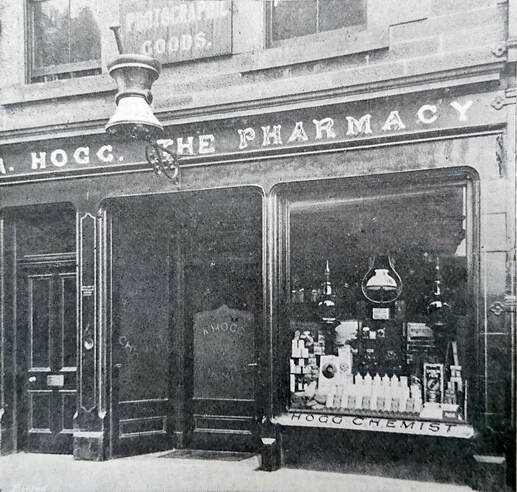
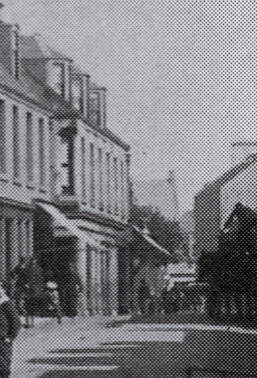
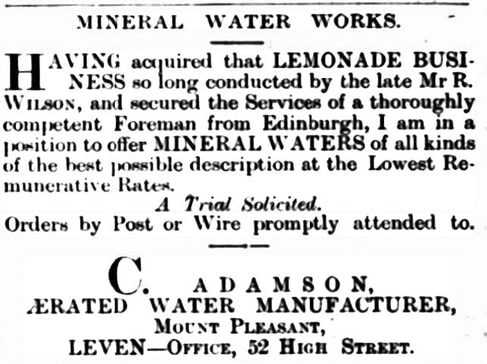
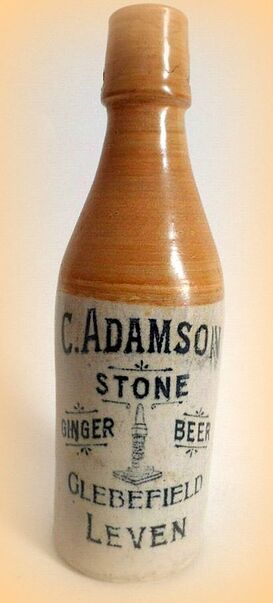
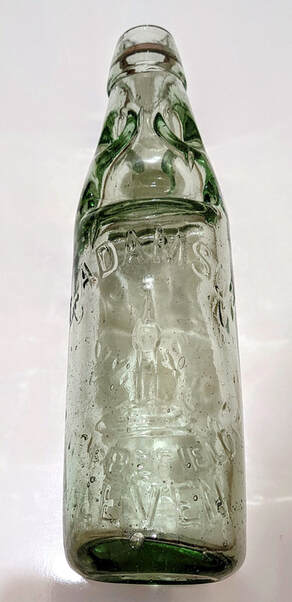
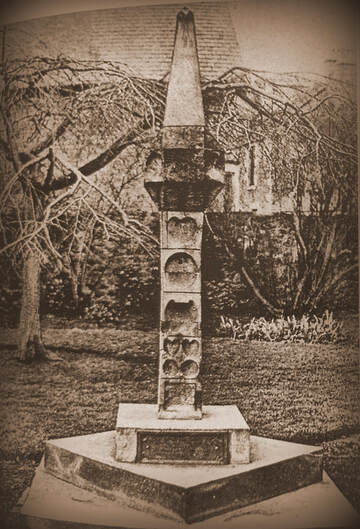
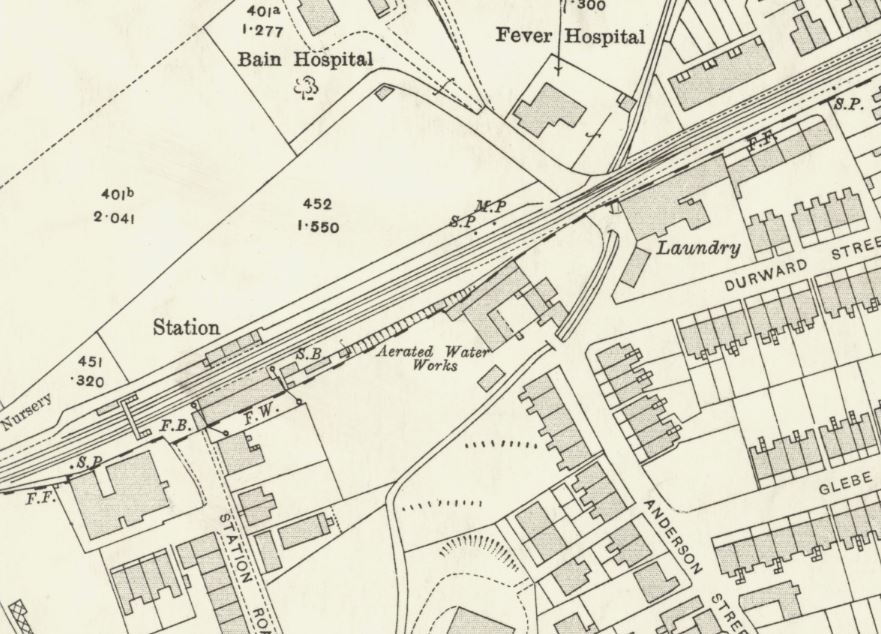
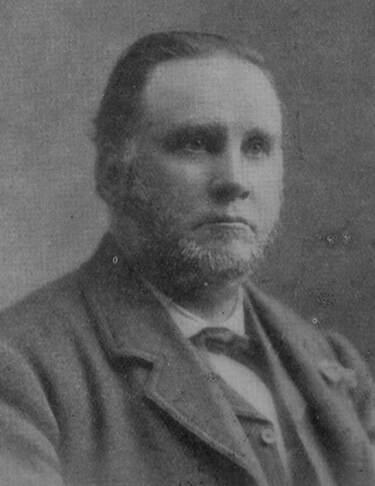
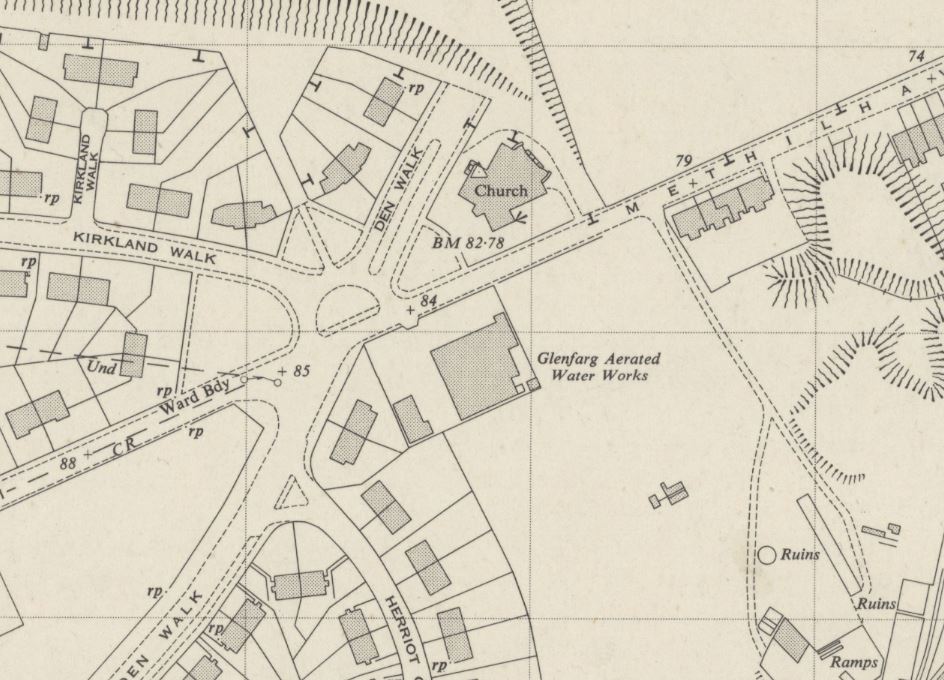
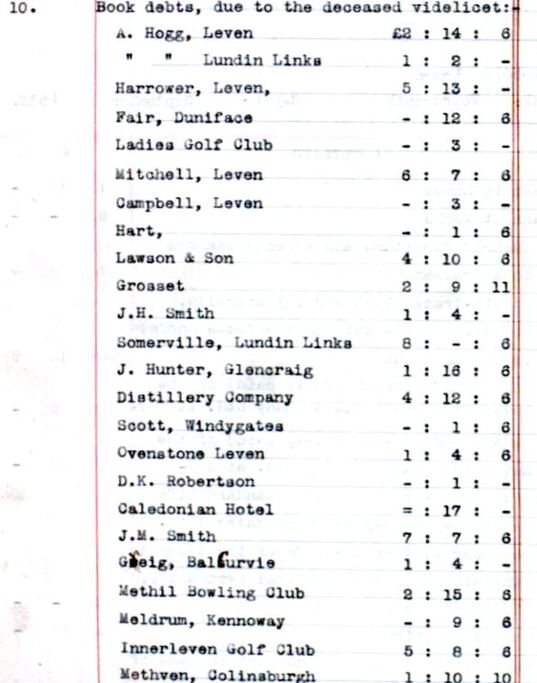
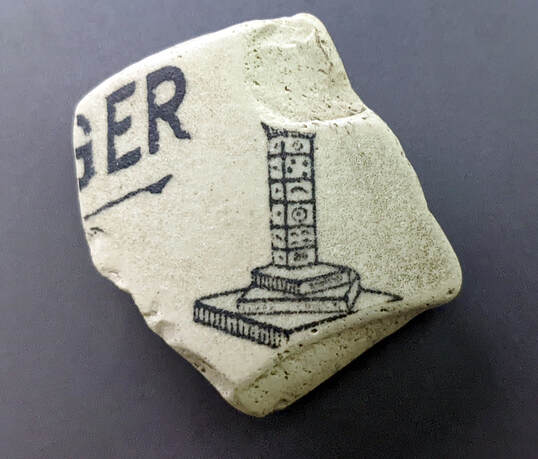
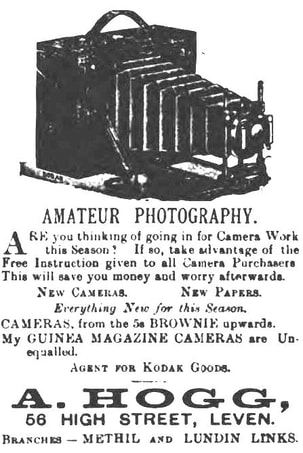
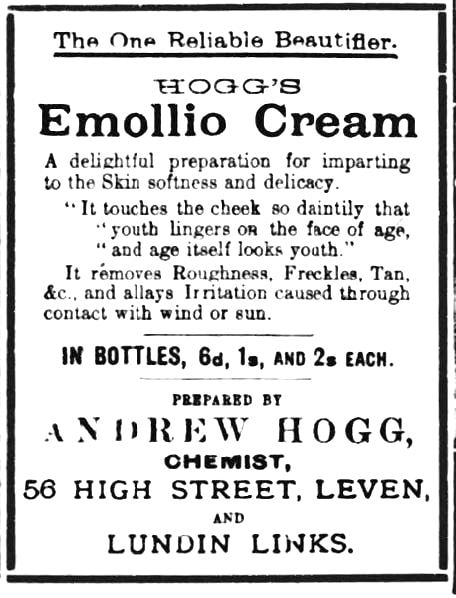
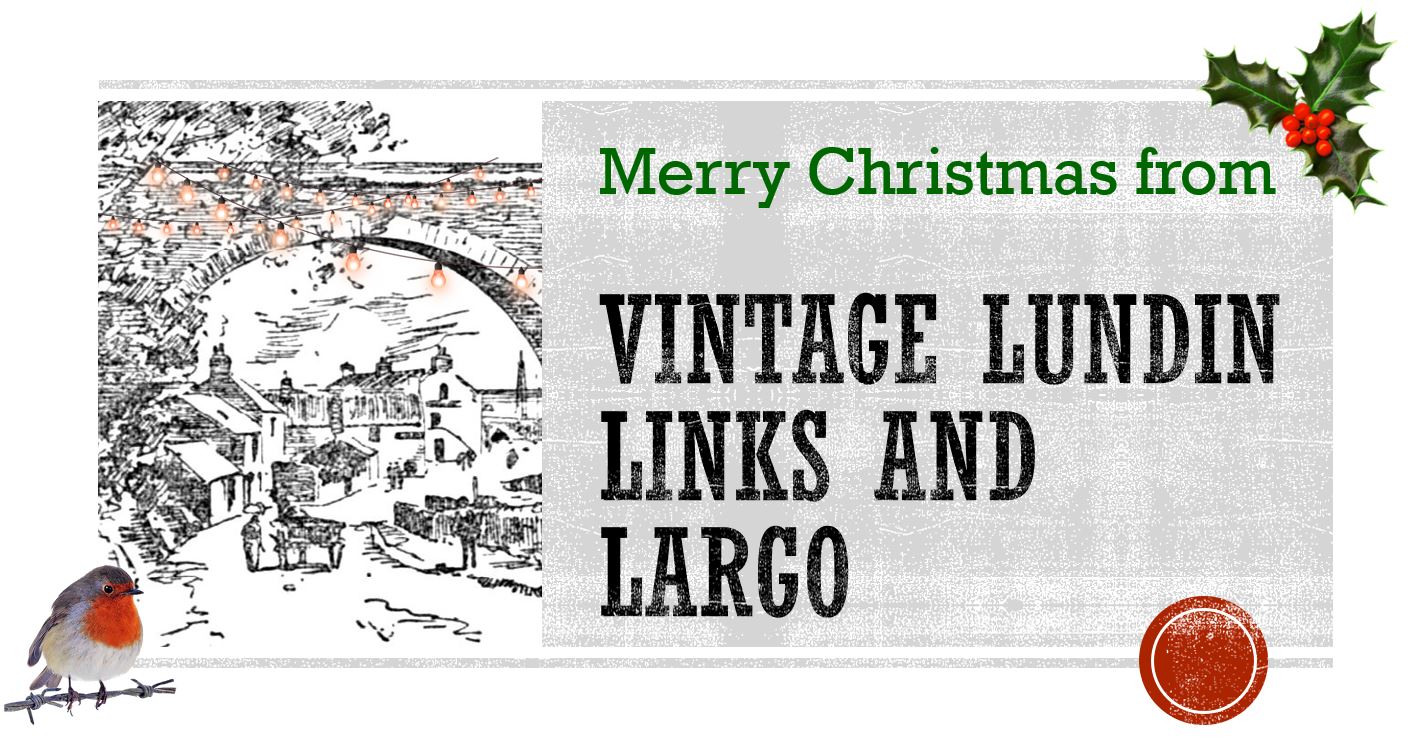
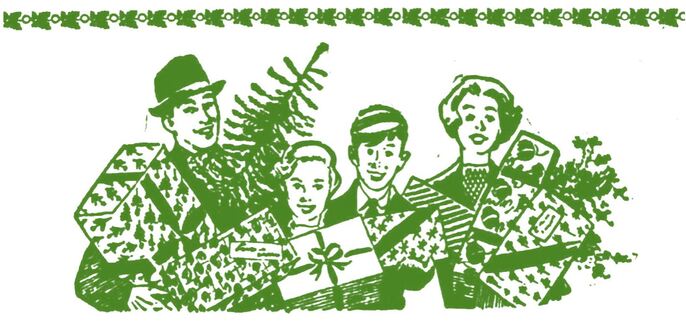
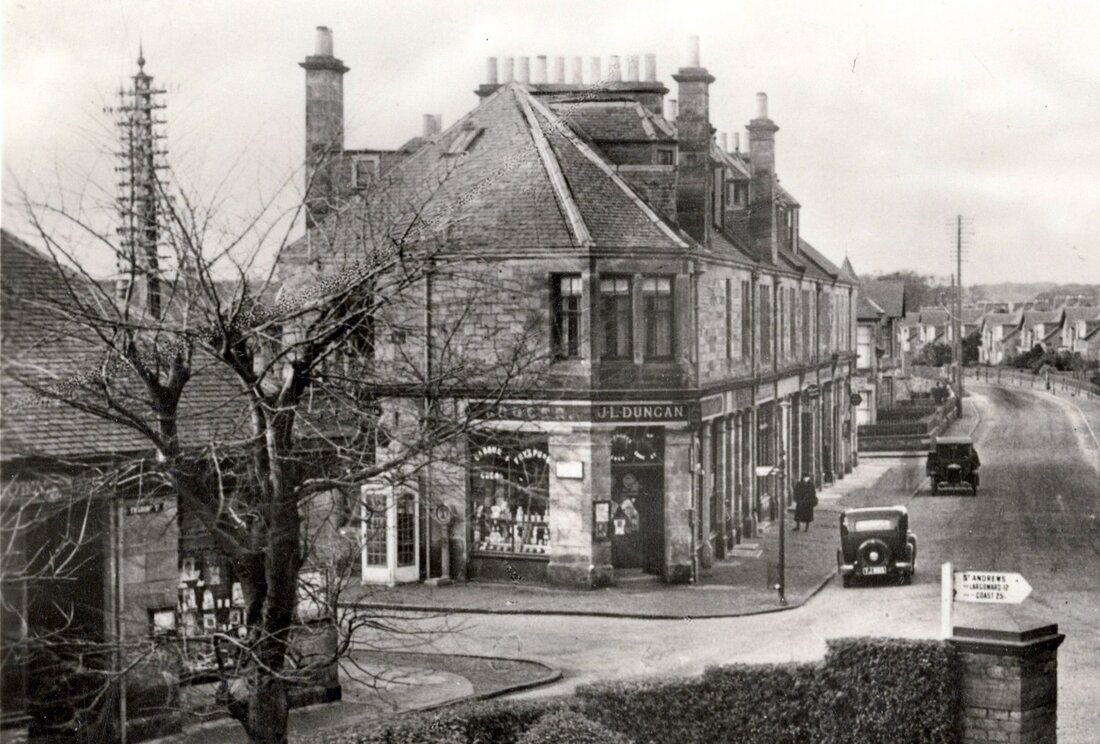
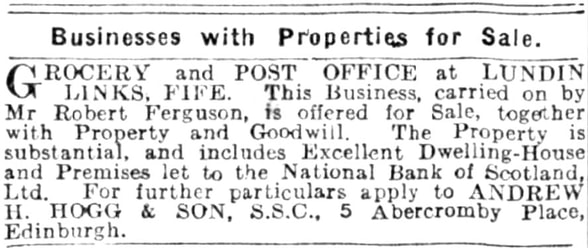
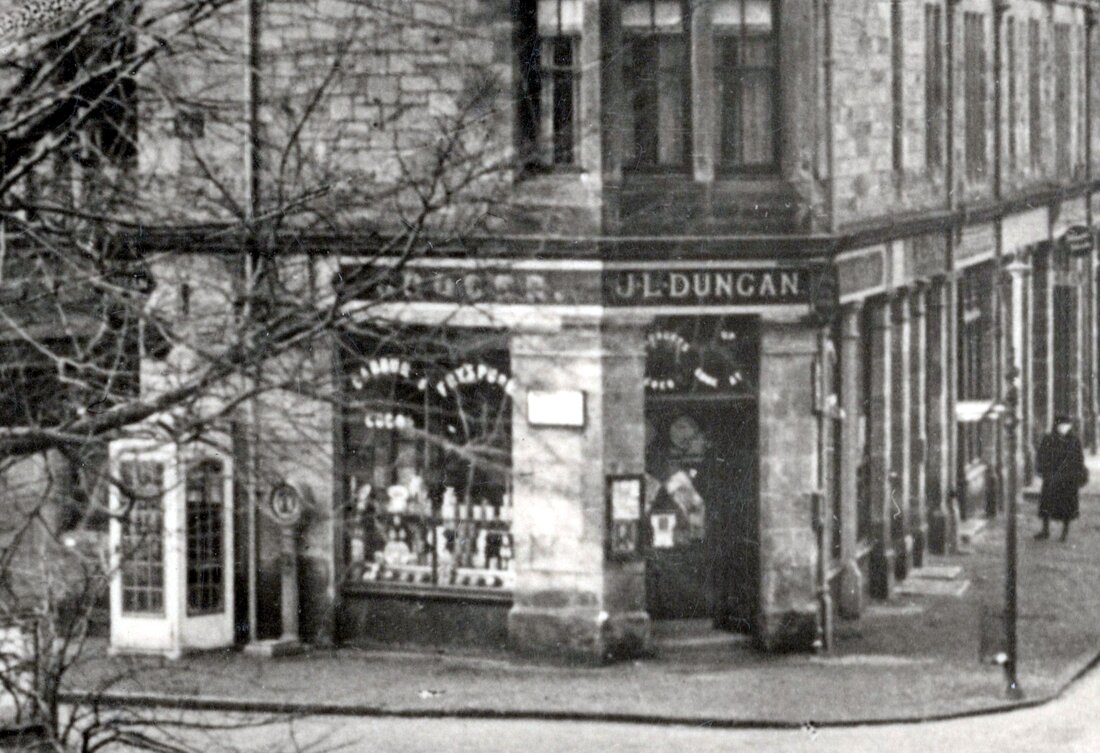
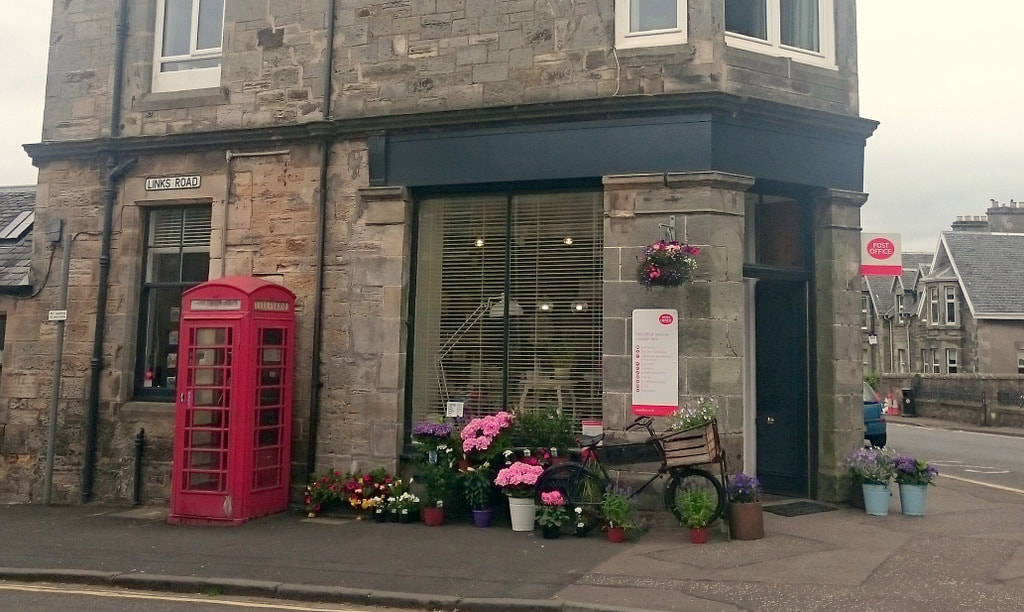
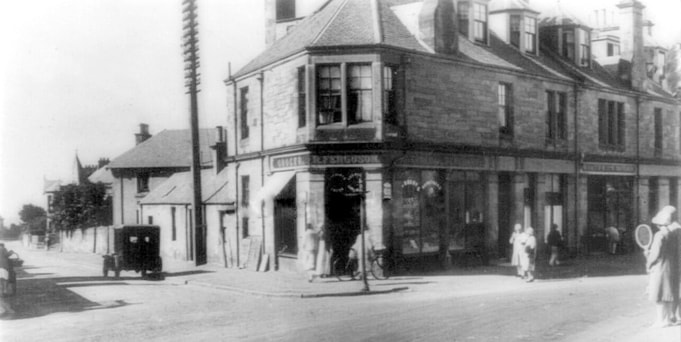
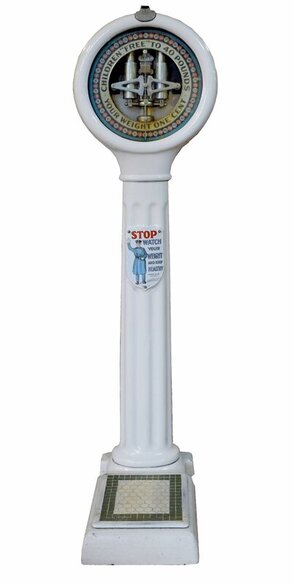
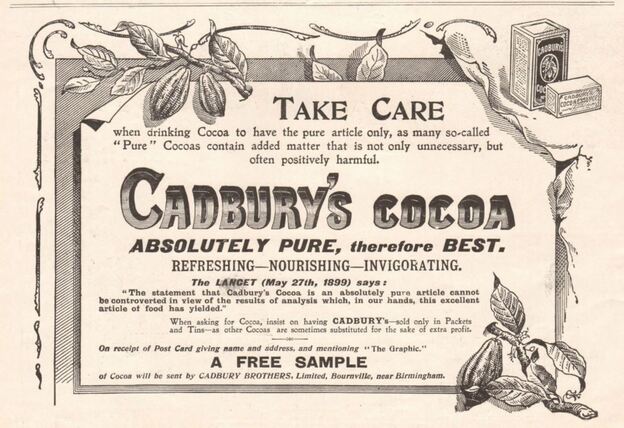
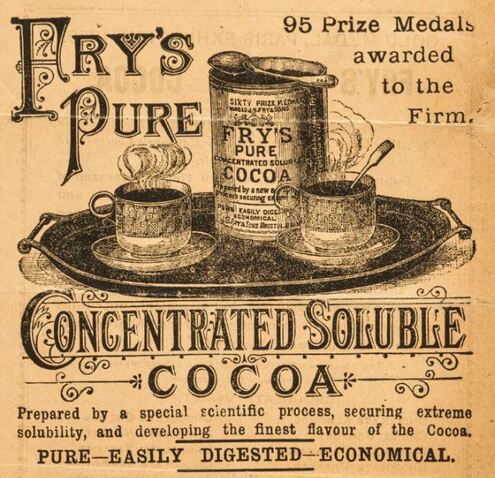
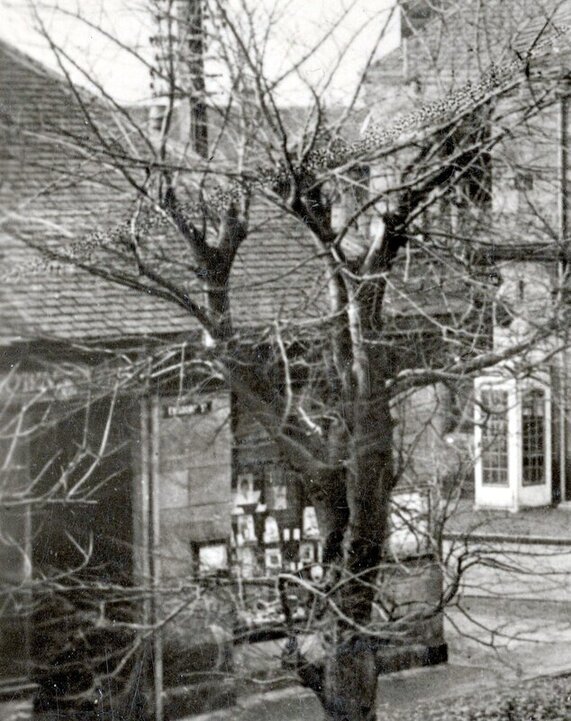
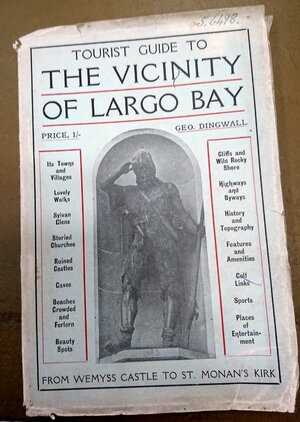

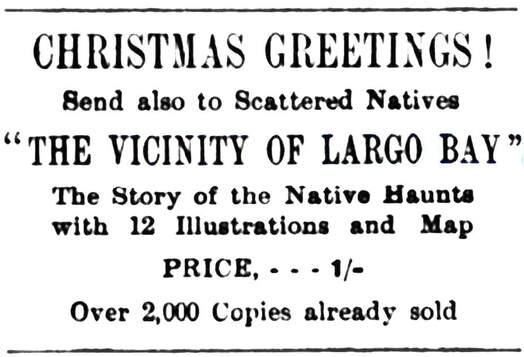
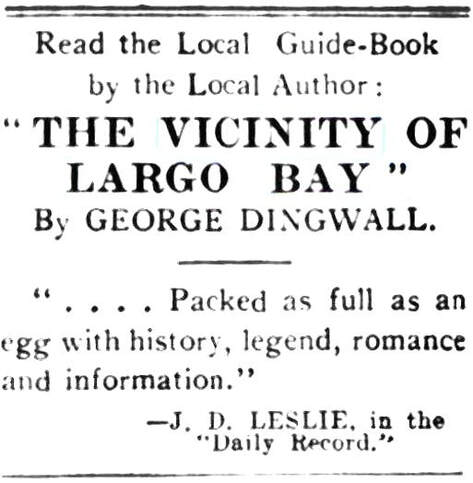
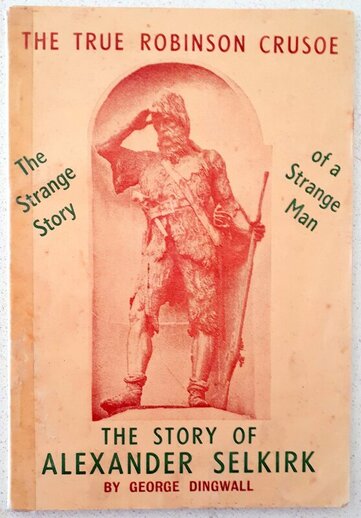
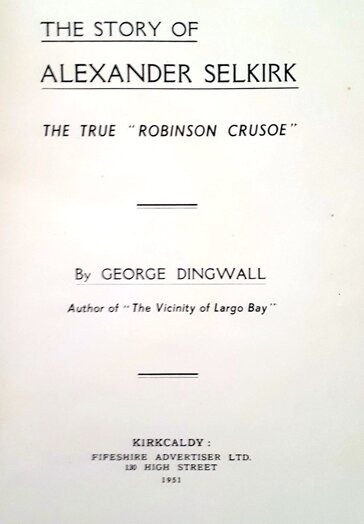
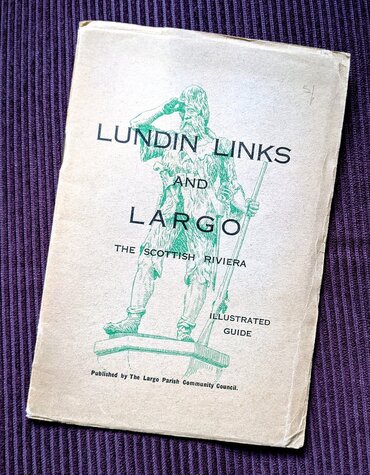
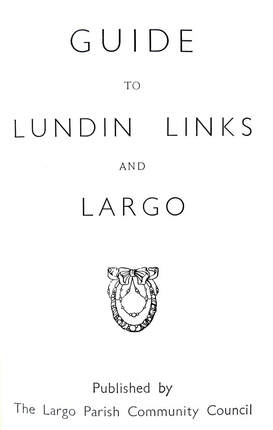
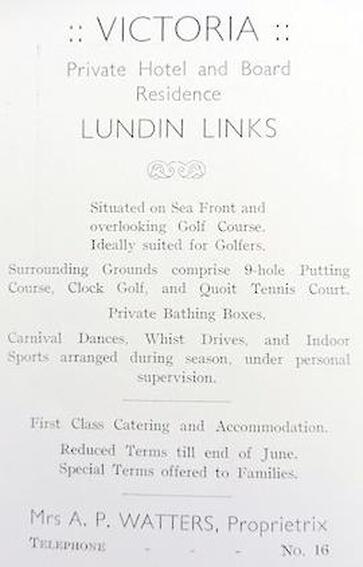
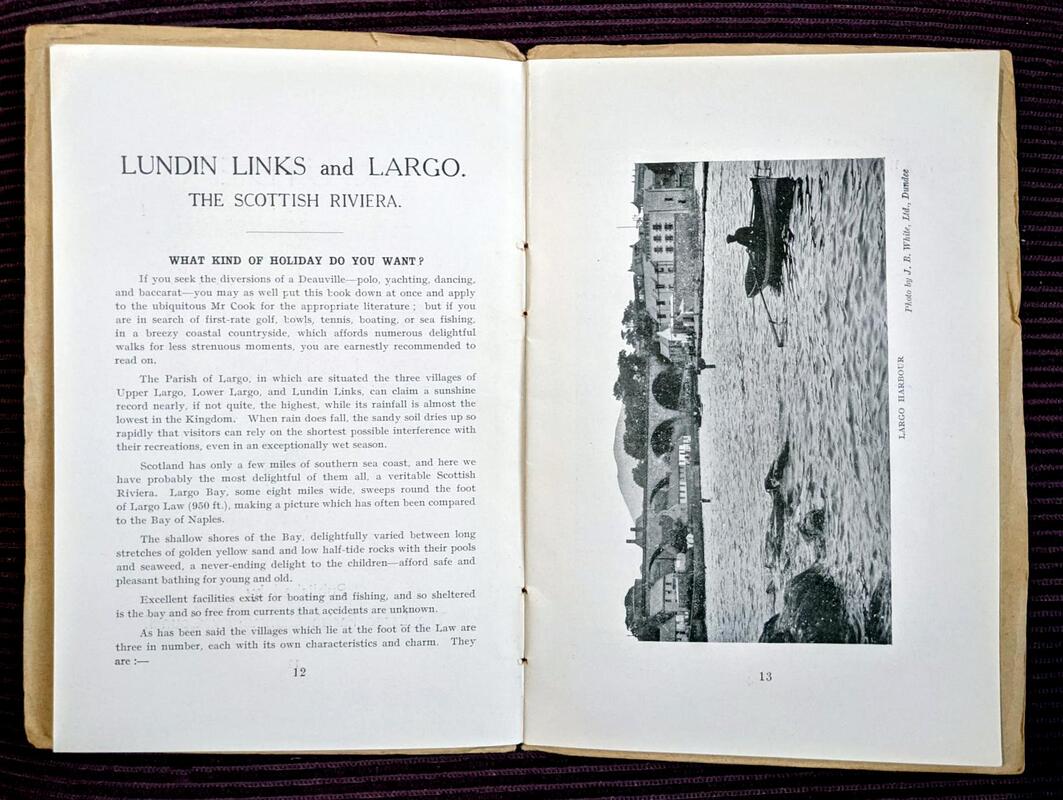
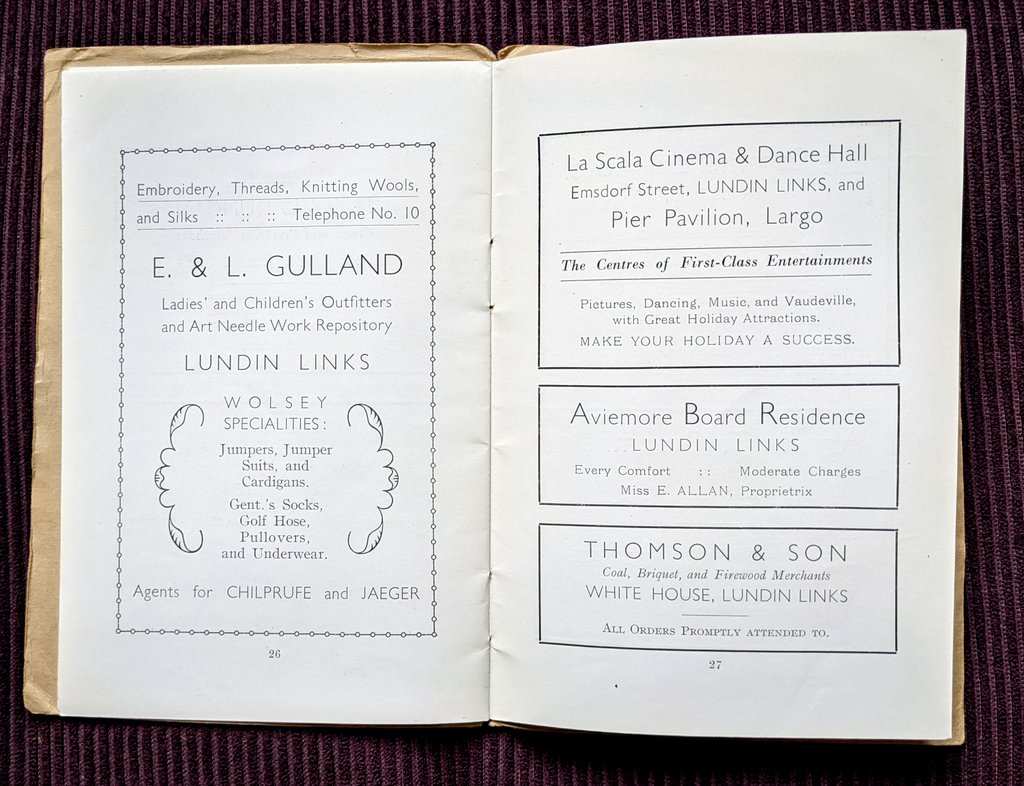


 RSS Feed
RSS Feed
